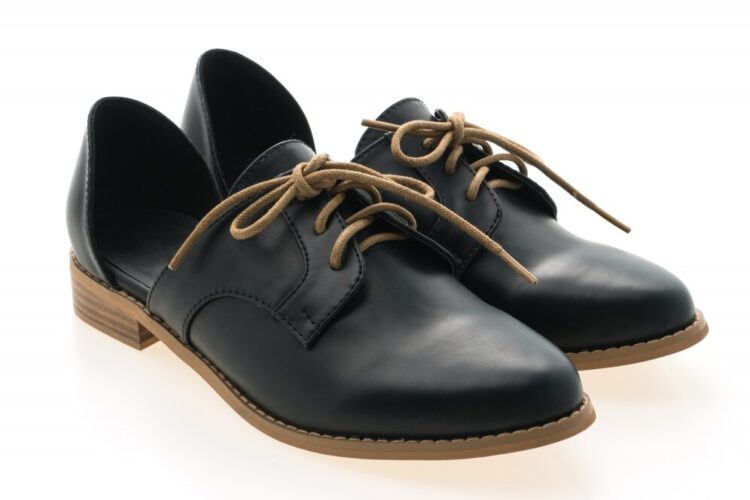Editing Photos for Multilingual E-commerce Stores: Why It Matters and How to Do It Right
Editing Photos for Multilingual E-commerce Stores: Why It Matters and How to Do It Right
In the ever-expanding world of e-commerce, reaching global audiences is no longer just an advantage—it’s a necessity. As more online stores cater to multiple language speakers across diverse regions, visual content plays a vital role in bridging language gaps. While translating product descriptions is essential, ensuring that product images are tailored for multilingual audiences can make or break your international success.
Why Image Editing Matters in Multilingual E-commerce
1. Visual Communication Transcends Language
Images are a universal language. It is important to understand the importance of well-edited product photos in communicating quality, style, and use, regardless of the audience’s native tongue.When you’re targeting customers in different countries, your images must speak clearly and consistently across cultures.
2. Localization Goes Beyond Words
Localization isn’t just about translation—it’s about cultural relevance. In multilingual e-commerce, product images should reflect local customs, preferences, and expectations. Editing photos to adjust colors, backgrounds, props, and even models can help align visuals with regional tastes.
3. Building Trust and Reducing Returns
Customers are more likely to purchase—and keep—products that look trustworthy and accurately represented. In multilingual settings, misunderstandings caused by generic or poorly edited images can lead to high return rates. Professionally edited visuals reduce ambiguity and instill confidence.
Key Editing Tips for Multilingual E-commerce Success
1. Use Neutral Yet Adaptable Backgrounds
Choose backgrounds that are visually appealing across cultures. For product categories like fashion or electronics, use clean, neutral backgrounds that can be customized per region if needed. Background removal and replacement services can help tailor images for specific languages or countries.
2. Include Text Overlays Thoughtfully
If your images include text overlays (like size charts or labels), ensure they are localized correctly for each language version of your store. This requires not just translation but redesign—font choice, alignment, and layout may need adjustments to suit each language.
3. Optimize Image Size and Format for Each Locale
Different regions may have varying internet speeds and device preferences. Use compression and optimization techniques to ensure quick loading without compromising quality—especially for regions where slower internet is common.
4. Consistency Across Language Versions
Maintain brand identity while ensuring each language version of your site looks cohesive. This means using the same image quality, angles, and lighting across all localizations. Image editing teams can help standardize your visual assets while adapting them subtly for cultural relevance.
5. Retouch for Regional Preferences
Cultural perceptions of beauty, lifestyle, and environment differ. Editing product photos with regionally preferred models, props, or color tones can increase relevance and boost engagement. For example, the ideal kitchen setup in France might differ from one in Japan—photo editing allows you to make those distinctions effectively.
Partnering with Professionals for Scalable Results
Editing hundreds or thousands of product photos for multilingual platforms requires both expertise and efficiency. Partnering with an experienced image editing company—such as Outline Media Solutions (OMS)—ensures that:
-
Your photos are consistently edited to meet the cultural and technical standards of each target market.
-
Localization is handled with precision, including background replacement, retouching, and text overlay redesign.
-
Your brand’s visual identity remains intact while being appropriately customized per region.
Outline Media Solutions offers clipping path, retouching, image manipulation, and graphic design services—all of which are crucial when managing multilingual e-commerce assets.
Final Thoughts
Success in multilingual e-commerce isn’t just about translating content—it’s about adapting your entire presentation to resonate globally. Professionally edited images help you communicate clearly, culturally, and confidently with customers around the world. By investing in high-quality, localized visuals, you’re not just selling products—you’re building trust, enhancing experience, and expanding your reach.



